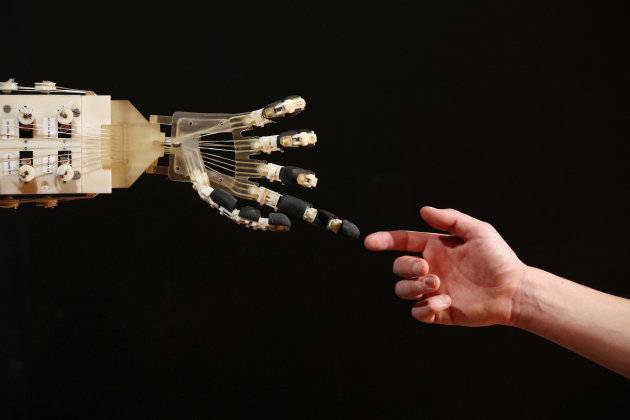 |
| Take two and call me in the morning. |
According to the mortality tables, there’s a two-thirds chance that a male who’s age 55 today will live to age 80. If you plan on being among those who die before age 80, but don’t. Some saying that you should plan on living to age 105, or at least 30 years in retirement. One expert: a 65-year-old husband with a 60-year-old wife would require a 40-year planning horizon to be 90% confident of covering the last to die.
The US Food and Drug Administration has approved a grain-sized ingestible digital sensor that can be swallowed in a pill to track health data from inside the body. The idea is that the data can be used not only by patients themselves, but also by caregivers and doctors to individualize their care. The signal that it sends from the stomach travels through the patient's body to a patch worn on the skin. The patch contains technology that senses the signal and records the exact time the ingestible sensor was swallowed.
University of Florida researchers have moved a step closer to treating diseases on a cellular level by creating a tiny particle that can be programmed to shut down the genetic production line that cranks out disease-related proteins. By combining a protein enzyme and a DNA molecule on gold nanoparticles to mimic the gene regulatory mechanism called RNA interference, a “nanozyme” was able to destroy hepatitis C virus in human liver cells and in the livers of mice.
It is clear that all kinds of products and services would be available online if we had the bandwidth. Programs that involve massive transfers of data or frequent two-way video communications would be two obvious examples. What’s interesting is how many of these new products and services involve healthcare: Jeff Pfaff of Overland Park, Kan., says he hopes to use the service to “push the limits” of a health-monitoring system he’s building. It would enable at-home patients to teleconference with doctors and family members via a camera hooked up to a TV set and a remote control.
European researchers say they have developed the world's first real-sized, five-fingered robotic hand able to grasp and manipulate objects with human-like dexterity. The team built a hand using strings that are twisted by small, high-speed motors in five fingers, each with three segments. The device was able to handle a delicate Easter egg and lift a five kilogram load. Light sensors were attached to the hand, making it possible to calculate the force required for the fingers to grasp an object without squashing it or losing its grip.

No comments:
Post a Comment